7 Bad Things Your Home May Be Hiding
http://decor-ideas.org 11/12/2013 04:40 Decor Ideas
The unknown — it's what causes most homeowners to pause before embarking on a remodel. It's impossible to know what you're getting yourself into, and the lurking, unseen issues in your walls, floors or foundation could easily cause a change order, a schedule delay and potentially a shift in budget.
Instead of worrying about all the things you can't control, educate yourself. The best way to control your fears is to know them. Here you'll learn all about the bad and ugly things you might find during a remodel.
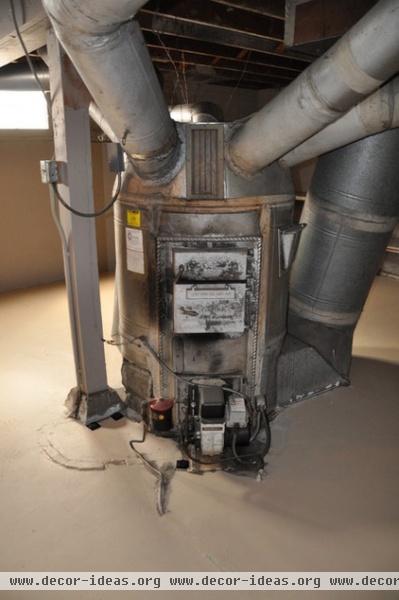
1. Asbestos. You can find asbestos in many places: wrapped around your furnace duct joints, in the mastic that attached floor tiles during the '50s, in window glazing installed to keep old single-pane windows from failing, in some ceiling tiles and other miscellaneous locations — all depending on the era and location of your home.
The good news is that testing is relatively inexpensive and easy. The bad news is that if material containing asbestos will be disturbed, it must be abated: removed with containment, followed by a test of the air, since asbestos is most dangerous while airborne (also called friable).
The only contractors who can legally remove asbestos-containing materials are licensed abatement contractors.
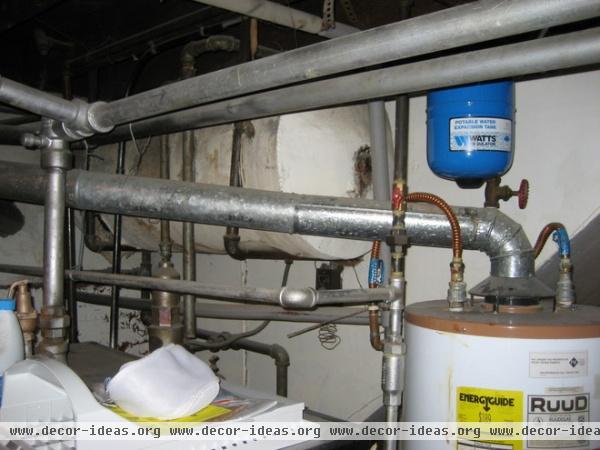
2. Old pipes. Galvanized pipes tend to slowly corrode on the inside, eventually filling up completely after 50 years or so. This makes for fixtures with a trickle of water and the potential for the supply water pipe's failing completely. Galvanized pipe is often so brittle that a cut to connect it to new piping can cause a break downstream.
The only long-term solution is to replace all of it — not just in your home, but also the run of pipe from your home to the meter box, where it connects to the main supply.
Dismal drainage. Many homes have downspouts that lead into tight-line systems — buried pipe that drains into the sewer system or elsewhere. Those lines can become clogged over time and cause drainage issues, as can waste lines in the home that may not be large enough to deal with an added bathroom or two. Waste lines buried in walls and concrete often yield surprises, including crooked or leaking connections, lack of vents or traps, and the occasional collapsed clay pipe leading from the home to the main sewer line.
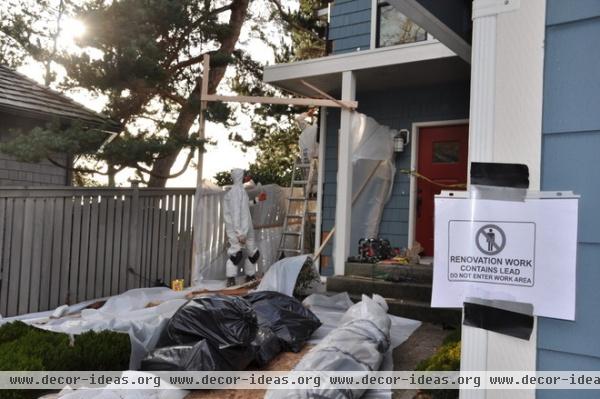
3. Lead paint. Used primarily in homes built before 1978, paint that contains lead can cause a host of physical problems, particularly for young children. However, not all homes built before1978 have lead paint, so testing is essential.
If lead paint is found and will be disturbed, the EPA requires specific containment measures to be taken and certification by the company doing the work. Complying with the lead paint law tends to result in increased demolition and debris removal costs.
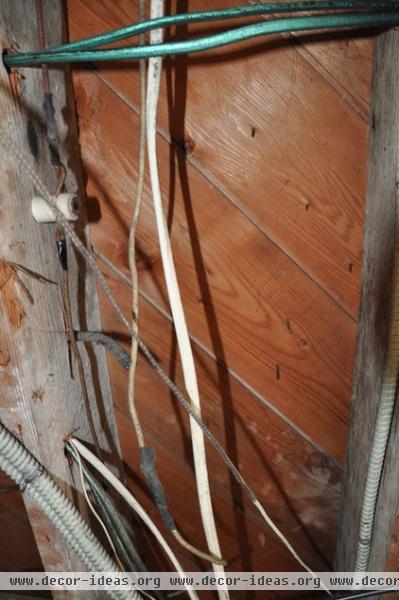
4. Creative electrical. Homes with otherwise decent wiring can still have their surprises: jerry-rigged extension cords buried in walls, overtaxed circuit breakers and junctions outside of junction boxes.
Older homes add insult to injury: decaying knob and tube wiring, fixtures secured only to wiring with no box, lack of grounding, ground fault interrupters and other "improvements." When remodeling an older home, count on some wiring adjustments outside of the immediate remodeled area to account for these unknowns.
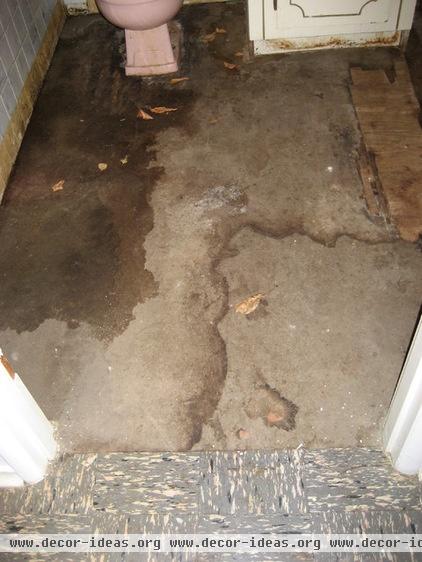
5. Things that make you go "ewwwww." Open enough walls and floors, and you’re bound to find something gross, from desiccated rats to hornets' nests, termites and other icky things. Your home looks awfully homey to pests and insects, and they can make an awful mess.
In Seattle there’s a running joke that there are two kinds of homeowners here: those who know they have rats, and those who don't know they have rats.
Count on some kind of yucky discovery during demolition and be relieved when it’s minor.
See what some homeowners found in their walls
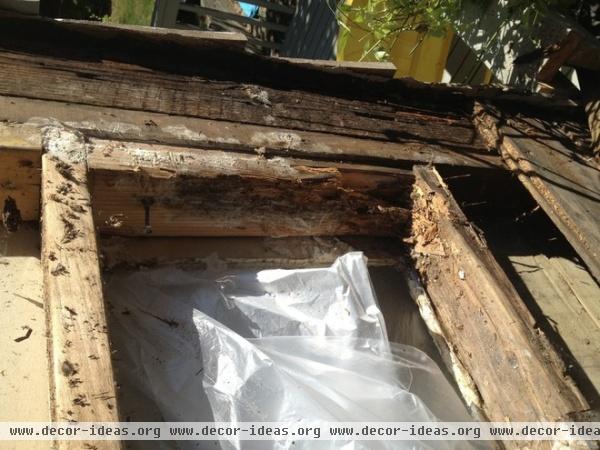
6. Dry rot. Whether deteriorating exterior trim and siding, or a subfloor that’s seen a little too much water from an adjacent toilet or shower, your home is bound to have dry rot in at least one place that will be exposed by your remodel.
The best-case scenario is a quick fix by a carpenter. More involved work could be required if the framing or other structural members have rotted, or if there's rot that extends across rooms and under flooring.
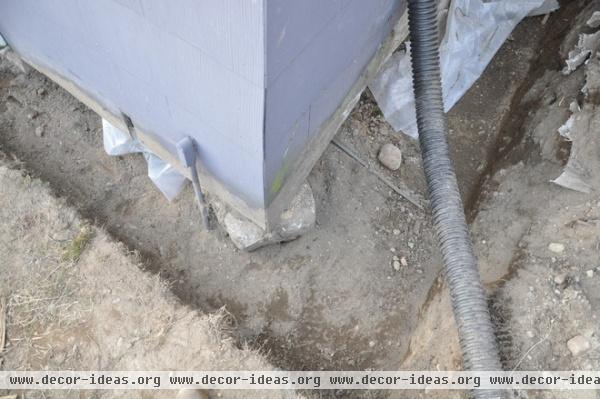
7. Structural surprises. Architectural plans tend to have “verify in field” notes, meaning the contractor must confirm that structural framing and foundations are as expected. Sometimes instead of a footing, you'll find a nice rock. It doesn’t matter that the rock in the corner has held up a three-story building for 70 years — your contractor must replace it with an engineered concrete footing, and that means a change order.
Tell us: What unfortunate surprises have you encountered on your remodels? Share in the Comments below!
More: 11 Things to Expect With Your Remodel
Related Articles Recommended












